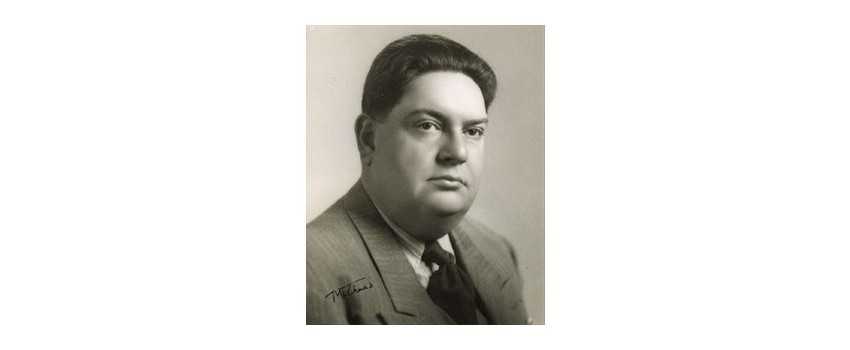Milhaud, Sonatine For Violin And Cello (Heugel)
Milhaud, Sonatine for Violin and Cello (Heugel)
Darius Milhaud (1892-1974) was a renowned French composer, conductor, and educator known for his prolific output and innovative musical style. As a member of Les Six, a group of avant-garde composers in early 20th-century Paris, Milhaud played a significant role in reshaping the landscape of classical music.
Early Life and Education
Born on September 4, 1892, in Aix-en-Provence, France, Darius Milhaud showed early promise as a musician. He began studying violin and composition at a young age and eventually moved to Paris to pursue his musical education. In Paris, Milhaud enrolled at the Paris Conservatory, where he studied under notable composers such as Paul Dukas and Vincent d'Indy.
Les Six and Musical Style
During his time in Paris, Milhaud became a central figure in the emergence of Les Six, a group of composers who rebelled against the traditional conventions of classical music. Alongside fellow composers Francis Poulenc, Arthur Honegger, and others, Milhaud embraced a more experimental and unconventional approach to composition. Their music was characterized by its vibrant rhythms, colorful harmonies, and a rejection of the strict rules of tonality.
Polytonality and Musical Innovations
One of Milhaud's most significant contributions to music was his exploration and development of polytonality. Although he was not the first composer to use polytonality, he was the first to explore it extensively and refine its techniques. Polytonality refers to the simultaneous use of two or more keys or tonalities within a composition. Milhaud's innovative use of bitonality and polychords, which began around 1913, set him apart from his contemporaries.
Key Works and Compositional Output
Throughout his career, Milhaud composed over 400 works, spanning various genres and mediums. His compositions include symphonies, choral works, chamber music, film scores, and even a setting of the Jewish Sabbath Morning Service. Among his notable works are the eight symphonies for large orchestra and five symphonies for small orchestra, each showcasing his distinctive style and exploration of polytonality.
Chamber Music and Collaborations
Milhaud's chamber music output was equally significant, with highlights including a suite for violin, clarinet, and piano, and an impressive collection of 18 string quartets composed between 1912 and 1950. In addition to his instrumental works, Milhaud also collaborated with renowned poets such as Claudel, Christina Rossetti, and Stéphane Mallarmé, setting their poetry to music and creating unique vocal compositions.
Teaching Career and International Influence
In 1940, amid the turmoil of World War II, Milhaud accepted a teaching position at Mills College in Oakland, California. He continued to teach and compose throughout his tenure at Mills College and later returned to France to join the faculty of the Paris Conservatory in 1947. Milhaud's international influence as a teacher and mentor cannot be overstated, as he inspired and influenced generations of composers and musicians.
Later Years and Legacy
In his later years, Milhaud battled debilitating arthritis, which limited his ability to perform and conduct. However, this did not hinder his creative output. Despite his physical challenges, Milhaud continued to compose, leaving a lasting legacy of musical innovation and creativity. His music, characterized by its polytonality and rhythmic vitality, maintains a lyrical beauty even amidst moments of dissonance.
Conclusion
Darius Milhaud's contributions to the world of music are immeasurable. As a pioneering composer, he fearlessly explored new harmonic territories, pushing the boundaries of tonality and rhythm. His extensive body of work, ranging from symphonies to chamber music, continues to captivate audiences and inspire future generations of musicians. Milhaud's legacy as a member of Les Six and his unique musical voice will forever be remembered and celebrated in the annals of music history.

Milhaud, Sonatine for Violin and Cello (Heugel)